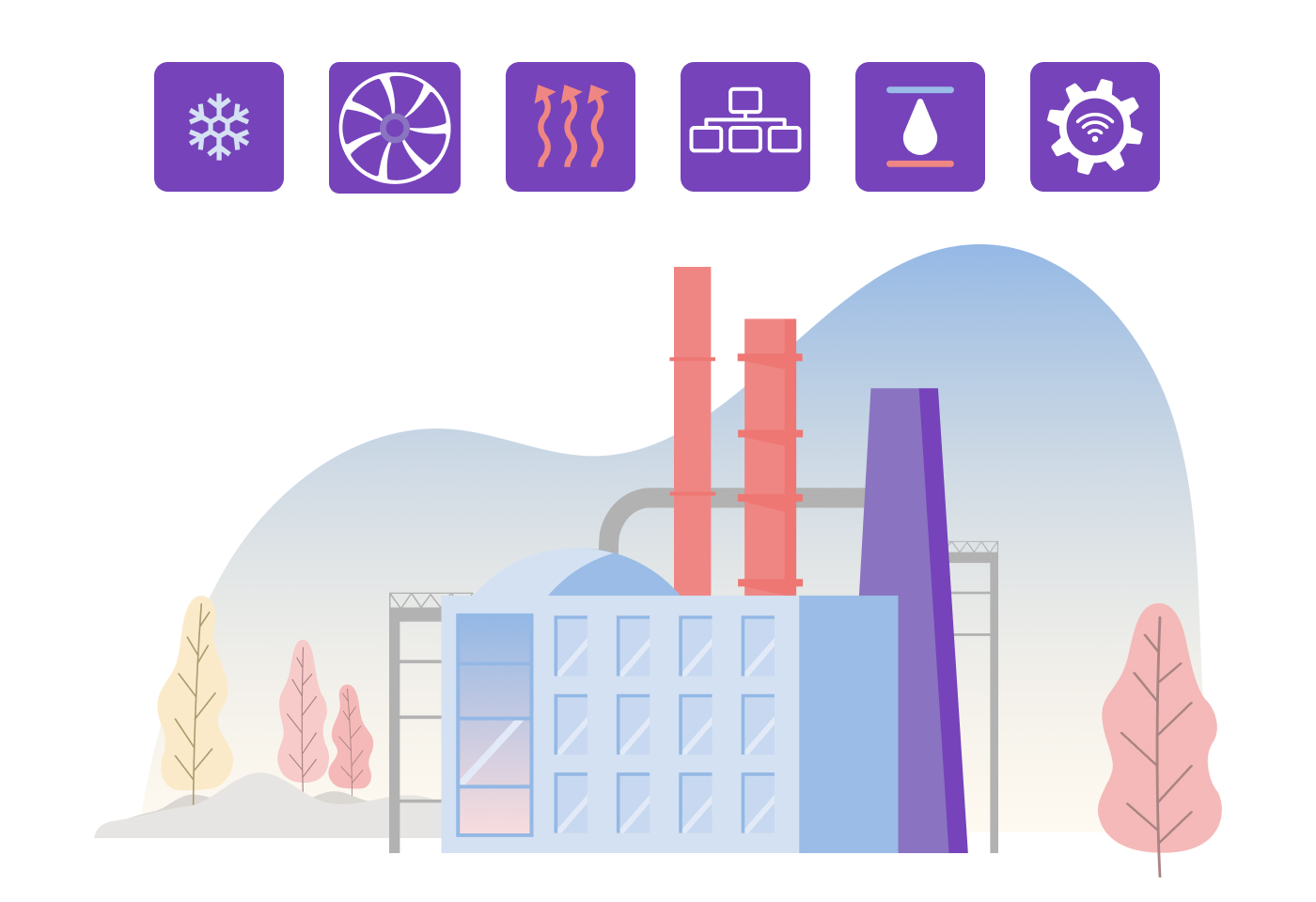The need for intelligent building management has never been greater. Building owners and operational teams must be able to stay on top of many different functions and systems, all while striving for efficiency and optimization. Fortunately, there are solutions out there that can make this work easier and more effective. APIs and REST APIs have become vital tools in energy and building management, bringing significant benefits to building owners and operators alike.
Allowing developers to create innovative solutions that equip operational teams with more insights than ever is changing how buildings are managed and maintained.
But first things first – what are APIs, and in what way can you benefit from them?
APIs and integrations
Examples of API integrations
Simply put, API (or "Application Programming Interface") is a set of instructions or, specifically, a code that lets two sets of data within different systems communicate with each other. This allows an app, website, or system to access data and use it in different ways.
When the API of two systems is connected, it allows easy sharing of data that can be used to automate all kinds of processes.
Benefits of APIs for energy- and building management
APIs have revolutionized how building management systems are connected and automated. Using APIs, building systems can be connected to a network of smart devices, allowing for real-time monitoring and control of the entire building.

1. Better performance of technical installations
By, for instance, connecting your building management system with your energy management system, you can track, evaluate and adjust as needed, with data being automatically sent between your systems and to your technical equipment.
With greater visibility and control over the building's systems, operations teams can also utilize this data to detect and repair inefficiencies. This provides a great tool for increasing the longevity of systems.
All in all, better performance = fewer problems and more efficient teams.
2. Increased efficiency and improved data quality
With no time to waste for busy teams, APIs let a crucial but time–consuming part of your operation be done easier. Instead of manually measuring values and punching data, the data is automatically exchanged and collected. This also reduces the chance of costly mistakes and human errors.
3. Easier integrations
Have you ever tried a solution just to figure out that it didn't work the way you wanted or needed it to? APIs can help you escape the large and expensive integration projects where you either have to adapt systems to do something they were not designed for or build something from scratch.
What about Open APIs?
Kiona fact:
Having an open API means that all technical information is open and available online. The big advantage is that more people get access to it, and it's easier to investigate what opportunities exist.
Open APIs are key to creating a more efficient and seamless integration of technical equipment. This lowers the threshold for creative developers who want to go all-in designing, utilizing, and benefiting from different systems – overall creating better solutions in the long run.
Want to know more about open, flexible and independent systems?